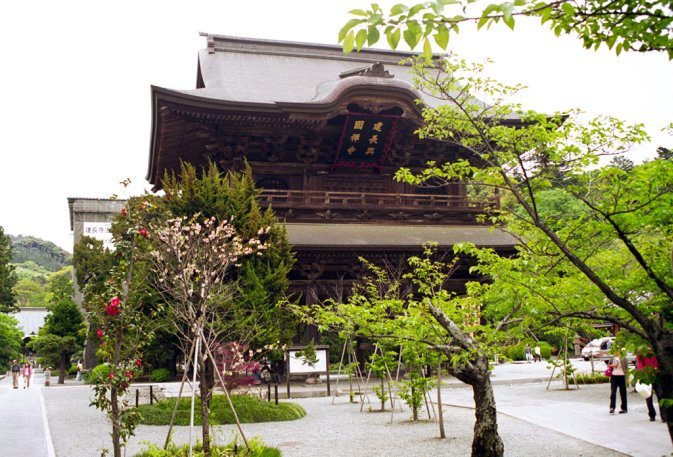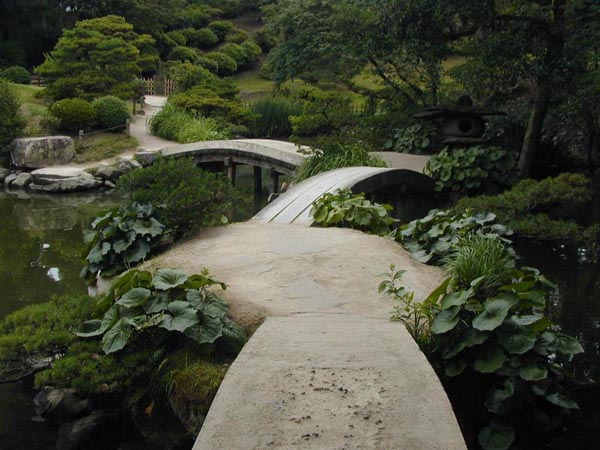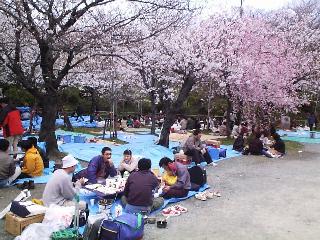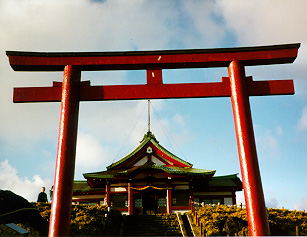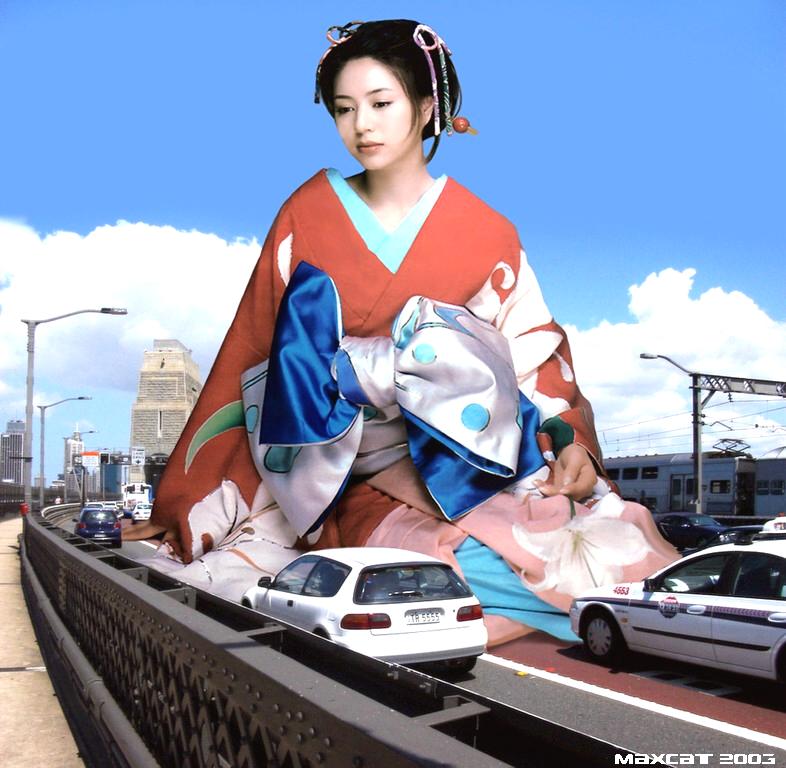This Webpage Title Japan - Culture and Environment
Japan floats like a dismembered seahorse along the eastern rim of the Asian continent. Around 10,000 years ago, during the last big melt, sea levels rose enough to flood the land bridge connecting Japan with the mainland. Today Japan consists of a chain of islands (four major ones and some 1000 small ones) riding a 3000km arc of mountains, the tallest of which is the perfectly symmetrical Mt Fuji 3776m.
Many of these mountains are volcanic, blessing the islands with numerous hot springs and spectacular scenery, but at the same time bringing the danger of earthquakes and tsunami (tidal waves). Japan has the dubious distinction of being one of the most seismically (volcanically) active regions of the world. It is calculated that the country gets around 1000 earthquakes a year, most of them too small to notice without sophisticated seismic equipment or a very elaborate hairstyle. Japan 's latitudinal spread, ranging from subtropical in the south to sub-arctic in the north, makes for a wide diversity of flora and fauna and because of the sheer inaccessibility of much of Japan's mountainous topography has preserved areas of great natural beauty - in particular the alpine regions of central Honshu and the natural parks of Hokkaido.
Japan 's largest carnivorous mammals are its bears - a brown bear (found in Hokkaido ) can grow to a height of 2m and weigh up to 400kg. Animals unique to Japan include the Macaque and the Giant Salamander. The Iriomote wildcat, found in the Okinawa island group, is classified as a 'living fossil'. A large part of Japanese culure involves the many festivals which take place throughout the year. See Festivals link.
Shrines (places of worship) also play a major role in Japanese life, as do the theatre and the Geisha (a traditional female entertainer/person of talents, accomplished in the arts, which goes back many, many centuries).
The wearing of Kimonos is part of an old Japanese custom and is still part of the Japanese culture today - mainly for ceremonial, entertainment or dance.
|
|---|

